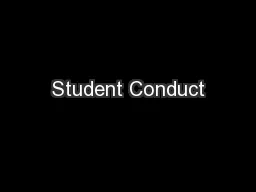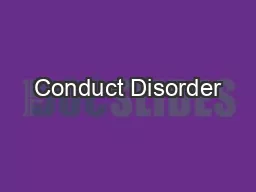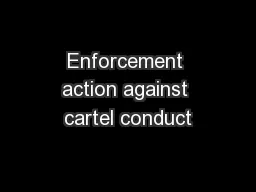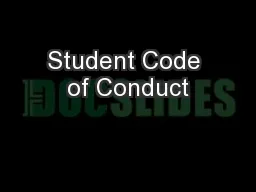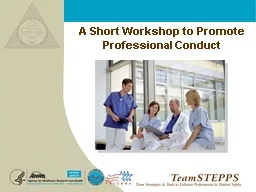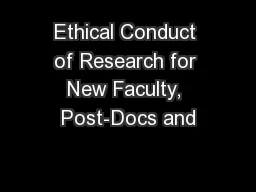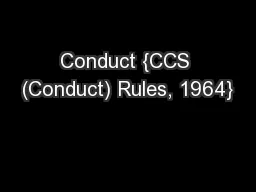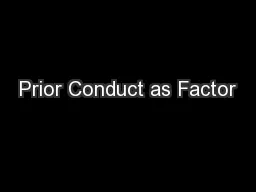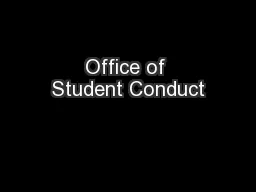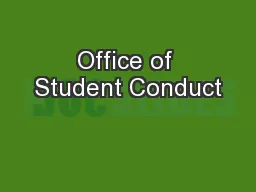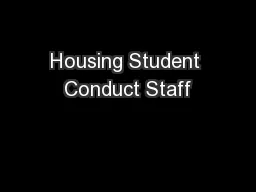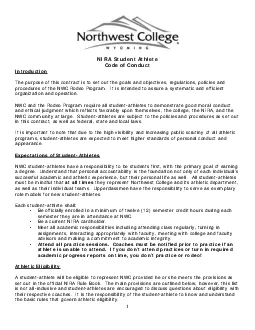PPT-Student Conduct
Author : ellena-manuel | Published Date : 2016-03-23
Andy Ashleigh Laura and Leslie The Beginning 1700s Some of the earliest forms of misconduct were dealing with students who had issues with the institution Corporal
Presentation Embed Code
Download Presentation
Download Presentation The PPT/PDF document "Student Conduct" is the property of its rightful owner. Permission is granted to download and print the materials on this website for personal, non-commercial use only, and to display it on your personal computer provided you do not modify the materials and that you retain all copyright notices contained in the materials. By downloading content from our website, you accept the terms of this agreement.
Student Conduct: Transcript
Download Rules Of Document
"Student Conduct"The content belongs to its owner. You may download and print it for personal use, without modification, and keep all copyright notices. By downloading, you agree to these terms.
Related Documents

